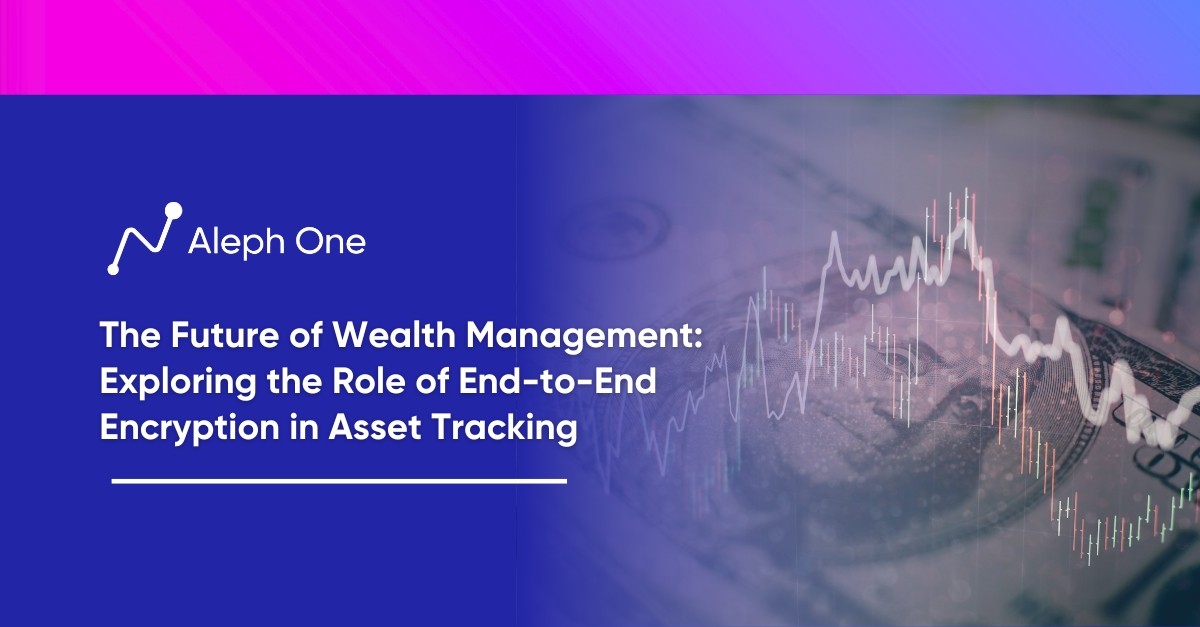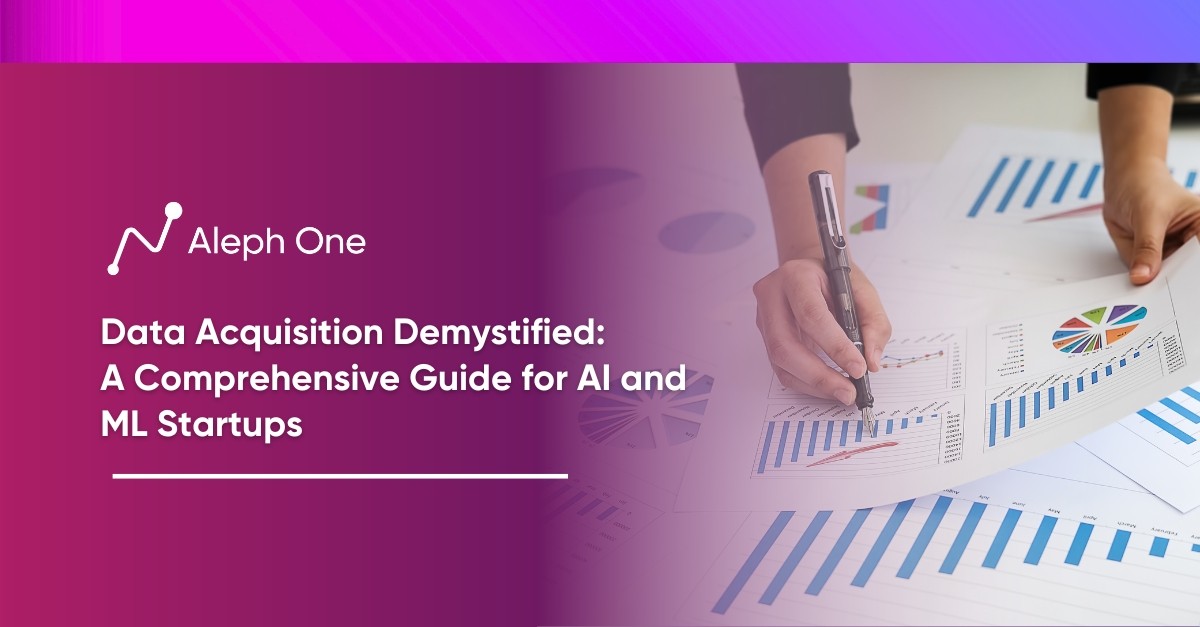Let’s work together to build something amazing. Share your project details and our team will reply to figure out the next steps to your success.

In the era of digital wealth management, traditional practices are being transformed by technology, driving a shift towards more efficient and cost-effective models. The rise of robo-advisors and digital platforms has sparked significant growth in the industry, with assets under management of digital wealth managers soaring over 200% in just four years. Firms that embrace digital transformation stand to gain a competitive advantage as clients increasingly expect technology-driven interactions with their advisors. Nevertheless, while technology offers new possibilities, human advisors will remain pivotal, as clients still value the personal touch and trust built through meaningful relationships. Striking the right balance between high-tech and high-touch will be crucial for success. This article delves into key developments shaping the future of wealth management, from the millennial-driven shift towards sustainable investing to the transformation of fee structures, hyper-personalization, and the paramount role of end-to-end encryption in safeguarding client data. The hybrid model, combining the strengths of digital tools and human expertise, emerges as the way forward in shaping the future of wealth management in the digital age.

The Digital Wealth Management Revolution is Here
Wealth management has traditionally relied heavily on human relationships and interactions. The rise of digital technologies is profoundly transforming the industry. According to a report by the Boston Consulting Group, the assets under management of digital wealth managers grew by 200% from $1.7 trillion in 2015 to $5.7 trillion in 2019.
Digital Tools and Online Platforms – Creating New Business Models
Digital tools and online platforms enable new business models that provide investment services at a fraction of the traditional cost. Robo-advisors, for example, leverage algorithms and automation to offer basic investment management for fees as low as 0.25% of assets under management. In contrast, traditional wealth managers typically charge 1% or more. While initially viewed as a threat, robo-advisors are often seen as a way for traditional firms to attract new clients and scale their businesses.
Technology-Driven Wealth Managers
The future winners will be those firms that embrace digital transformation rather than resist it. They will leverage technologies like robo-advisors, advanced data analytics, and AI to enhance the client experience, improve operational efficiency, and lower costs. According to a survey by EY, most wealth management clients believe that in 5-10 years, how they interact with their wealth managers will be completely technology-driven.
The Human Touch Won’t Disappear
However, human advisors will remain central to wealth management. Clients still value the human touch, and personal relationships built on trust are the foundation of the industry. The most successful wealth managers will balance high-tech and high-touch by combining digital tools with human judgment and expertise. They will use technology to handle routine tasks and optimize workflows so that human advisors can focus on complex needs like financial planning, investment strategy, and life coaching.
The future of wealth management is hybrid. By embracing digital transformation and reimagining the role of human advisors, wealth management firms can gain a competitive advantage through a seamless client experience, highly personalized services, and operational efficiency. The digital wealth management revolution is here, and the time for firms to act is now.
Millennials and Sustainability: The New Drivers of Wealth
The most significant intergenerational wealth transfer in history is underway as millennials inherit over $68 trillion from their baby boomer parents. Millennials have different values and priorities compared to previous generations, including a strong focus on sustainable and impactful investing. According to a 2019 Morgan Stanley report, 95% of millennials are interested in sustainable investing. This represents a significant opportunity and risk for wealth managers.
Millennials Want a Positive Impact on Society & the Environment
Millennials tend to favor companies that positively impact society and the environment. They seek investments that align with their values in areas like renewable energy, healthcare, education, and affordable housing. This demand for sustainable and impact investing options will grow stronger in the coming decades. Wealth managers that do not provide ESG investment products risk losing millennial clients and assets.
Firms Must Adapt to Millennial Priorities
Simultaneously, the massive wealth transfer from baby boomers will make millennials the prime demographic for wealth managers. The firms that deeply understand millennial priorities and values will be best positioned to attract their business. This includes offering ESG products, from green bonds and renewable energy funds to impact investing platforms. It also requires providing education on sustainable investing options to help clients make informed choices.
Future of Wealth Management is Serving Millennial Clients
While baby boomers remain an important demographic, the future growth of wealth management depends on serving millennial clients. Millennials will soon control most investable assets and have different expectations than previous generations. They want their investments to reflect their values and prefer to work with firms that understand what is most important to them.
Wealth managers need to make significant changes to attract and retain millennial clients. This starts with expanding ESG investing options and includes more broadly aligning services with millennial priorities like low fees, digital experiences, and financial planning support. Firms that fail to adapt to the millennial-driven shift toward sustainable investing risk missing out on the most significant opportunity for growth in the coming decades.
The End of Transaction-Based Fees
The traditional wealth management revenue model based on commissions and transaction fees is dying. With the rise of low-cost digital investment services, clients can now invest their money for a fraction of the typical fees. According to a 2019 EY survey, only 23% of clients are willing to pay the same fees as in the past for wealth management services.
Robo-Advisors Offer Automated Investment Services
Wealth managers can no longer rely on fees from transactions and commissions to drive their profits. While this revenue model worked well for decades, it is now being disrupted by digital upstarts. Robo-advisors like Betterment and Wealthfront offer automated investment services at a small fraction of the cost of a human advisor. Clients, especially younger investors, are flocking to these low-cost options.
Transaction-based Fee Model Poses Conflict of Interest
The transaction-based fee model also poses conflicts of interest, incentivizing wealth managers to maximize the number of trades rather than optimize the client’s returns. Due to these conflicts of interest, some countries and regions have banned specific transaction-based fees altogether. Wealth managers need to shift to new fee structures based on the overall value and client experience provided.
New Fee Models
Some options for new fee models include:
- Flat monthly or annual retainer fees: Charging an ongoing retainer fee based on a client’s assets under management. This model is simple but may be difficult for some clients to accept.
- Performance-based fees: Linking fees to the performance and returns generated for clients. However, this model can also incentivize excessive risk-taking. Regulations often limit performance fees for retail clients.
- Hybrid models: Combining a lower retainer fee with performance-based fees or commissions on certain products. This model aims to balance predictability and risk.
- Value-based pricing: Determining fees based on a holistic view of the value provided to clients, including financial planning, tax strategies, estate planning, and more. This model requires clearly demonstrating value to clients but aligns incentives most closely.
With the digital revolution in wealth management, the end of transaction-based fees is inevitable. Wealth managers that shift to value-based or retainer fee models will be best positioned to attract and retain clients in the long run. The firms that make this transition first will gain a head start on their competition.
Hyper-Personalization: Tailoring Advice to Unique Needs
One-size-fits-all investment advice is no longer enough in today’s wealth management landscape. Clients expect personalized recommendations tailored to their unique financial situations and goals. Advanced data analytics and AI enable wealth managers to gain a 360-degree view of each client to provide hyper-personalized advice.
Robo-advisors – Algorithms and Machine Learning
For example, robo-advisors leverage algorithms and machine learning to analyze client data such as risk tolerance, investment preferences, and short-term vs long-term goals. They then provide automated investment recommendations customized for each individual. Some robo-advisors allow clients to specify goals such as saving for a home down payment or retirement and will recommend a personalized investment plan to achieve that goal.
Crafting Customized Experiences for Each Client
Beyond investment recommendations, hyper-personalization also involves crafting a customized experience for each client. This could include proactively providing relevant insights and education based on life events. A wealth manager may share information on properly splitting financial assets for a client going through a divorce. For a client whose business just received a round of funding, content on how to invest new capital may be appropriate.
Data Key to Enabling Hyper-personalization
Wealth managers must leverage customer relationship management systems and account aggregation tools to capture as much data as possible about each client. Everything from basic contact information to life events, family dynamics, career changes, and specific goals should be tracked.
Advanced Analytics
Advanced analytics can then be applied to identify patterns and gain valuable insights. Natural language processing can analyze client communications to understand interests and priorities better. This data enables wealth managers to craft a personalized experience, provide the right information at the right time, and tailor investment recommendations to unique needs and financial objectives.
While hyper-personalization is becoming the norm, wealth managers must be transparent about how client data is collected and used. As regulations such as GDPR give individuals more control over their data, clients must explicitly consent to data collection and analysis for hyper-personalized services. Wealth managers able to gain a deep understanding of clients through data while maintaining transparency and trust will achieve a competitive advantage. Overall, hyper-personalization is shaping the future of wealth management.
The New Role of End-to-End Encryption
Data security has become one of the top priorities for wealth managers as cyber threats intensify. Wealth managers store sensitive client information including personally identifiable details, financial data, asset holdings, and transaction records. This makes them prime targets for cybercriminals seeking to steal valuable data. According to an IBM report, the average cost of a data breach is $3.92 million. For wealth managers, the costs could be even higher due to the sensitive nature of the data.
What is End-toEnd Encryption?
Wealth managers need to adopt end-to-end encryption and other advanced security protocols to mitigate risks. End-to-end encryption converts data into unreadable code that can only be deciphered by authorized parties. Even if encrypted data is stolen, it remains unreadable without the decryption keys. This protects information as it is transmitted between the sender and the intended recipient.
Where Should End-toEnd Encryption be Applied?
For wealth managers, end-to-end encryption should be applied to all sensitive client communications and data storage. This includes encrypting client account information, portfolio details, financial plans, and transaction records. Encryption can be applied at all stages, from data entry and storage to transmission and access. Wealth managers can protect sensitive information by encrypting data at rest and in transit.
Cons of End-to-End Encryption
Some wealth managers may see end-to-end encryption as an unnecessary cost or hassle, but it is becoming essential to managing risks. Data breaches can be catastrophic, resulting in major financial losses, reputational damage, and loss of client trust. With stringent data security regulations like GDPR in effect, wealth managers must also prioritize encryption to avoid potential compliance violations and penalties.
End-to-end encryption will play an increasingly important role in wealth management. As more data is digitized and services become technology-enabled, risks will intensify. However, by baking end-to-end encryption into their digital infrastructure and processes, wealth managers can address vulnerabilities and provide clients with peace of mind that their information is safe and secure. Overall, end-to-end encryption is becoming a prerequisite for responsible and sustainable wealth management in today’s digital age.
The Future is Hybrid: Humans and Machines
While digital innovations are transforming wealth management, human advisors will continue to play an important role. According to an EY survey, only 23% of clients trust robo-advisors alone to manage their wealth. The winning model of the future will leverage both human and robo-advisors in a hybrid approach.
The Cons of Robo-advisors
Robo-advisors provide automated, algorithm-based services at a low cost, but they lack the human touch. Many clients still prefer to speak to a financial advisor for complex needs like retirement or estate planning. Human advisors have a more holistic view of clients’ financial lives and goals. They can provide empathy and reassurance during turbulent market or life events.
Hybrid Model
A hybrid model combining digital tools and human advisors will provide clients with the high-tech, high-touch experience. Digital tools can handle routine tasks like rebalancing portfolios, tax-loss harvesting, and basic reporting. This frees up human advisors to focus on the high-value work of providing financial planning advice and a personal client experience.
Charles Schwab Robo-advisor Platform
Some wealth managers have built their own robo-advisor platforms, while others have partnered with established fintech companies. For example, Charles Schwab’s robo-advisor platform provides automated investment management for clients with as little as $5,000 to invest. Human advisors are available for clients with more advanced needs.
Strengths of Humans and Machines
The hybrid model leverages the respective strengths of humans and machines. Advanced data analytics and AI enable robo-advisors to provide automated recommendations tailored to a client’s financial situation and risk profile. But human judgment is still required for complex life events. Technology cannot easily replace an advisor’s experience and emotional intelligence.
Wealth Management in Evolving with Technology
Looking ahead, the role of human advisors will likely evolve as digital tools take over routine tasks. Advisors will spend less time on asset allocation and more time providing financial coaching and planning. But their role as a trusted guide and confidant during major life decisions will endure. While wealth management tools are changing rapidly, the human need for financial guidance remains. The hybrid model that blends digital innovation and human wisdom will define the future of wealth management.
FAQ
How have traditional wealth managers been incorporating robo-advisors into their existing services, and what are some prime examples of this collaboration?
Traditional wealth managers are adopting robo-advisory services by integrating them into their platforms to scale and automate routine tasks, enabling a broader client reach. An example is Vanguard, which launched its digital advice platform, Vanguard Personal Advisor Services. The platform incorporates a robo-advisory model while ensuring clients have access to human advisors for complex financial planning needs.
How are wealth management firms effectively addressing the preferences and demands of millennial clients, particularly in the realm of ESG investing?
Wealth management firms are tailoring their strategies to align with millennial preferences by offering a wider range of ESG investments. They also communicate the impact of these investments in a way that resonates with the values of these clients. For instance, as millennials are digital natives, wealth managers leverage digital platforms to provide easily accessible information about sustainable investing. Companies like OpenInvest and Earthfolio lead the charge by offering robo-advisory platforms centered on ESG investing.
What changes may be necessary in the traditional revenue model of wealth management to align with the low-cost digital investment services and adapt to increasing client expectations?
Some wealth management firms are exploring fee structures based on a client’s overall net worth or a flat-rate subscription model to accommodate the shift away from transaction-based fees. Hybrid models are also becoming more popular, combining lower account management fees with performance-based fees for superior returns. This approach aligns with the client’s interest, incentivizing advisors to strive for higher returns while ensuring affordability.
Get the latest news and updates from Aleph One in your inbox.



